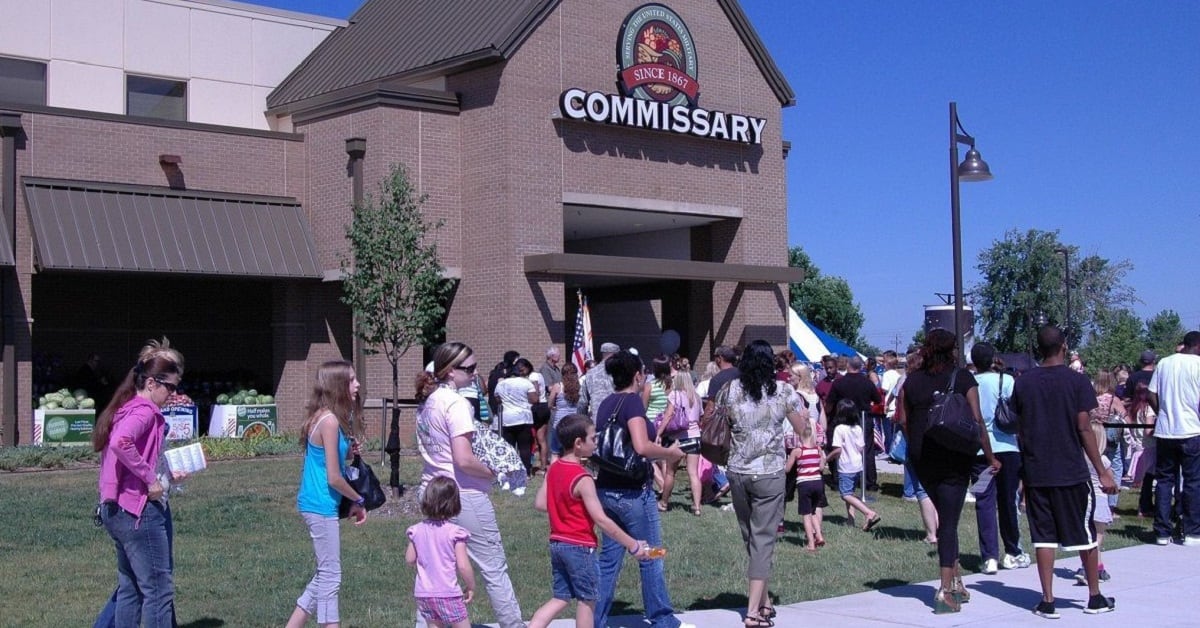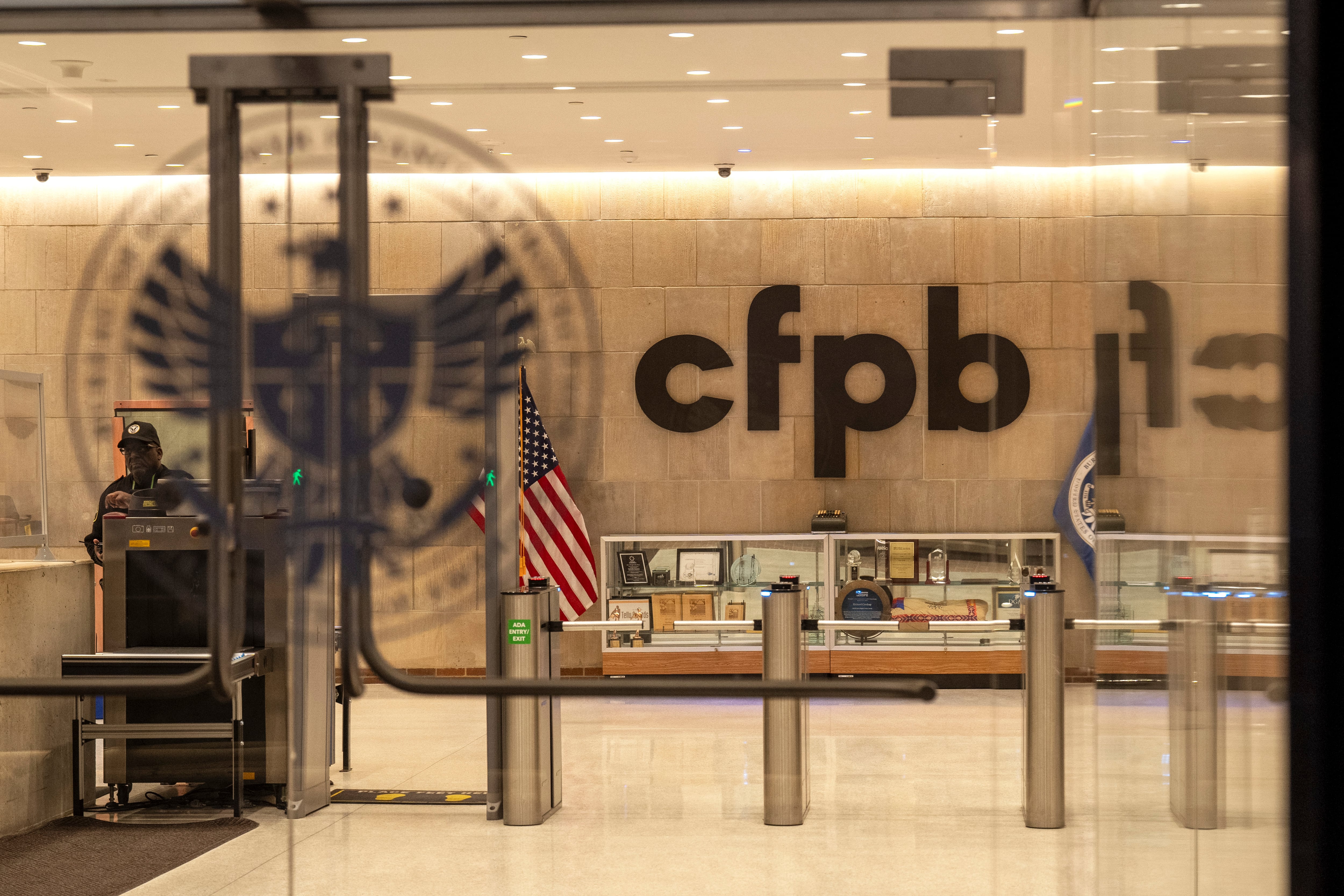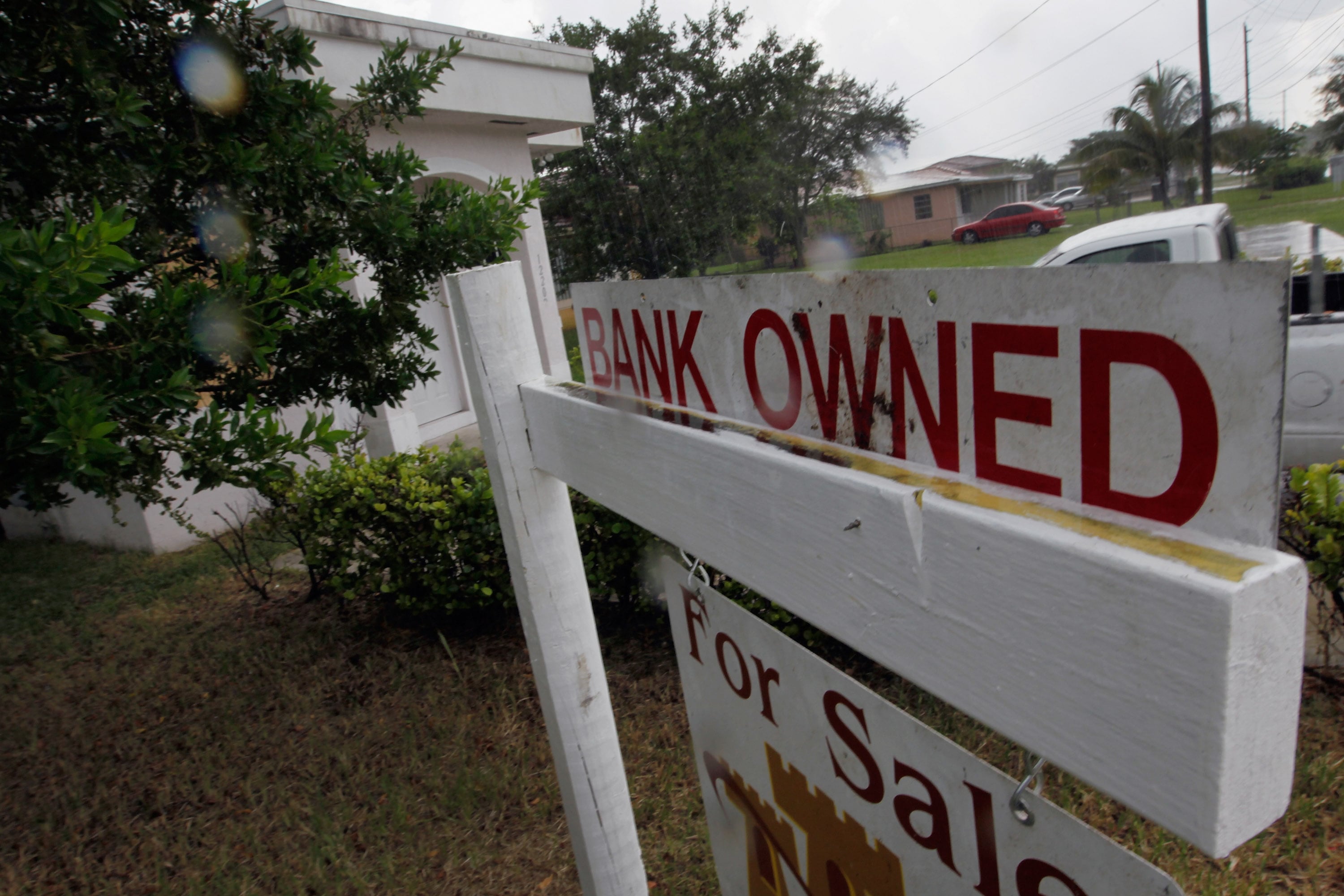With less than two months before a new on-base military shopping benefit is scheduled to roll out to more than 4 million disabled veterans, it appears there may be a delay for some to get the benefit.
The Defense Department has apparently pulled back on a plan that would have allowed access to veterans who are eligible for this benefit, regardless of whether they are eligible for the Veterans Health Identification Card (VHIC). A source outside the Pentagon said security concerns have been raised by DoD’s facilities access officials regarding the plan. There’s no information from DoD or VA on a timeline for a solution, and both agencies referred questions to the other agency.
Federal officials determined earlier this year that veterans would use their VHIC in order to get access to DoD and Coast Guard installations, and to shop at commissaries, exchanges and use certain morale, welfare and recreation facilities as of Jan. 1, 2020. That plan is still intact.
That new patron group includes all veterans with service-connected disabilities, veterans who are Purple Heart recipients, veterans who are former prisoners of war, and those designated as primary family caregivers of eligible veterans under the Department of Veterans Affairs caregiver program. The new privileges were granted by law under the Purple Heart and Disabled Veterans Equal Access Act of 2018.
The vast majority have, or are eligible for, a VHIC. Of the 4.1 million people eligible for the new benefit, an estimated 37,000 people ― less than 1 percent ― don’t qualify for the VHIC. The VHIC must display the veteran’s eligibility status – Purple Heart recipient, former POW, or service-connected.
In October, a DoD spokeswoman told Military Times VA will issue letters to these veterans without a VHIC, confirming their eligibility. But federal officials have apparently scrapped that plan . A fact sheet posted Wednesday afternoon on MilitaryOneSource.com states, ”On Jan. 1, 2020, only veterans with a secure, scannable VA-issued VHIC will be authorized access to in-person commissary, military exchange and morale, welfare and recreation privileges on DoD and Coast Guard installations.”
It notes that when DoD and VA identify a credentialing solution for all veterans eligible under the law, DoD “will roll out a new phase of access to accommodate current veterans who are not eligible to obtain a VHIC but are eligible for these privileges.”
Previously only veterans with 100 percent service-connected disability ratings were authorized shopping and MWR privileges. The new law now allows all those with service-connected disability ratings, including 0 percent, to have those privileges.
But some of those with 0 percent rating don’t have a VHIC, because their income exceeds the Housing and Urban Development indices. A number of veterans have contacted Military Times over the last five months asking about how they would be able to access their benefit.
RELATED

In October, a DoD spokeswoman confirmed that officials had determined that “VA will provide a letter to these disabled veterans indicating they are eligible for these privileges, even if not eligible for the VHIC. This letter paired with an acceptable credential (e.g. REAL ID-compliant driver’s license or U.S. passport) will facilitate installation and privilege access.”
The Military OneSource fact sheet doesn’t mention such a letter, but mentions a “new phase” once DoD and VA officials decide on a credential. The source outside the Pentagon said there was concern among DoD facilities personnel that people could present a fraudulent letter.
As for authorized primary caregivers of veterans, they will receive a letter from the VA Office of Community Care indicating they are approved as the primary caregiver of an eligible veteran under the Program of Comprehensive Assistance for Family Caregivers, and are eligible for these privileges. These caregivers will also show an acceptable credential, with that eligibility letter.
During the first visit to the installation, eligible veterans and caregivers must stop at the visitor control center. Depending on the type of installation and the credential presented, the veteran and caregivers may be enrolled for recurring access, so they wouldn’t have to stop at the visitor control center each time they visited in the future.
Until officials come up with a credentialing solution for those who don’t have a VHIC card, other veterans can shop at the military exchanges online and at the American Forces Travel site.
Karen has covered military families, quality of life and consumer issues for Military Times for more than 30 years, and is co-author of a chapter on media coverage of military families in the book "A Battle Plan for Supporting Military Families." She previously worked for newspapers in Guam, Norfolk, Jacksonville, Fla., and Athens, Ga.




